The NCMA explores Afrofuturism as well as iconic outfits in film history in a traveling exhibit of Oscar winner Ruth E. Carter’s costumes.
Words and photographs by Colony Little
In filmmaking, costume design plays a major role in setting the tone, creating a mood, and capturing the essence of an era within a story. For over 40 years costume designer Ruth E. Carter was the style mastermind behind looks on film that defined iconic moments in pop culture, seminal events in Black history, and imaginative, futuristic design.
Carter’s groundbreaking work in Black Panther and Black Panther: Wakanda Forever earned the designer two Academy Awards for Best Costume Design. With her latest Academy win in March, Carter is the first Black woman in the history of the awards to earn two Oscars. On the heels of this momentous occasion, the North Carolina Museum of Art is presenting Ruth E. Carter: Afrofuturism in Costume Design.
The traveling exhibit is a retrospective look at Carter’s career in design, presenting costumes, sketches, photos, and other ephemera that span her 30+ year career. Movie buffs will recognize legendary looks from her longtime professional partnership with director Spike Lee, who gave Carter her first Costume Design credit in the 1988 film School Daze. Carter’s work is linked to a resurgence of successful independent Black films released in the late 1980s that launched the directorial careers of Lee, Robert Townsend, and Keenen Wayans.
For those of us of a certain age, the costumes from this era are a visual time capsule from some of the most memorable moments captured on screen. The show opens with the infamous canary yellow, fur-lined pimp suit worn by actor Antonio Fargas in the 1988 comedy, I’m Gonna Git You Sucka. The ensemble’s pièce de résistance was a pair of sky-high, clear heeled platform shoes fashioned into goldfish tanks that Fargas’ overly confident character Flyguy hilariously yet tragically shatters while trying to run away from being mocked in the street.
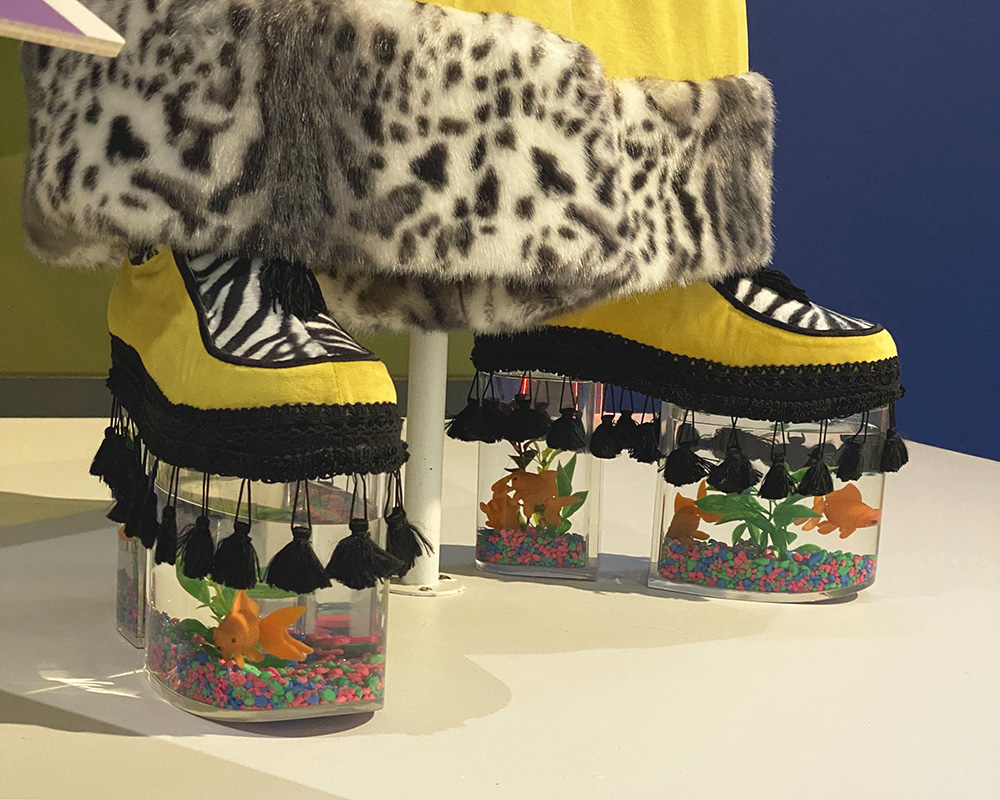
Similar pivotal moments of film nostalgia are found throughout the show. I immediately sang Public Enemy’s “Fight the Power” the moment I saw Radio Raheem’s iconic “LOVE/HATE” knuckle rings, worn by the late Bill Nunn in Do the Right Thing (1989). Throughout the exhibition, original designs are on view — from 1940s zoot suits to 80s urban street wear and fierce battle gear worn by the women warriors of the Dora Milaje in Black Panther.
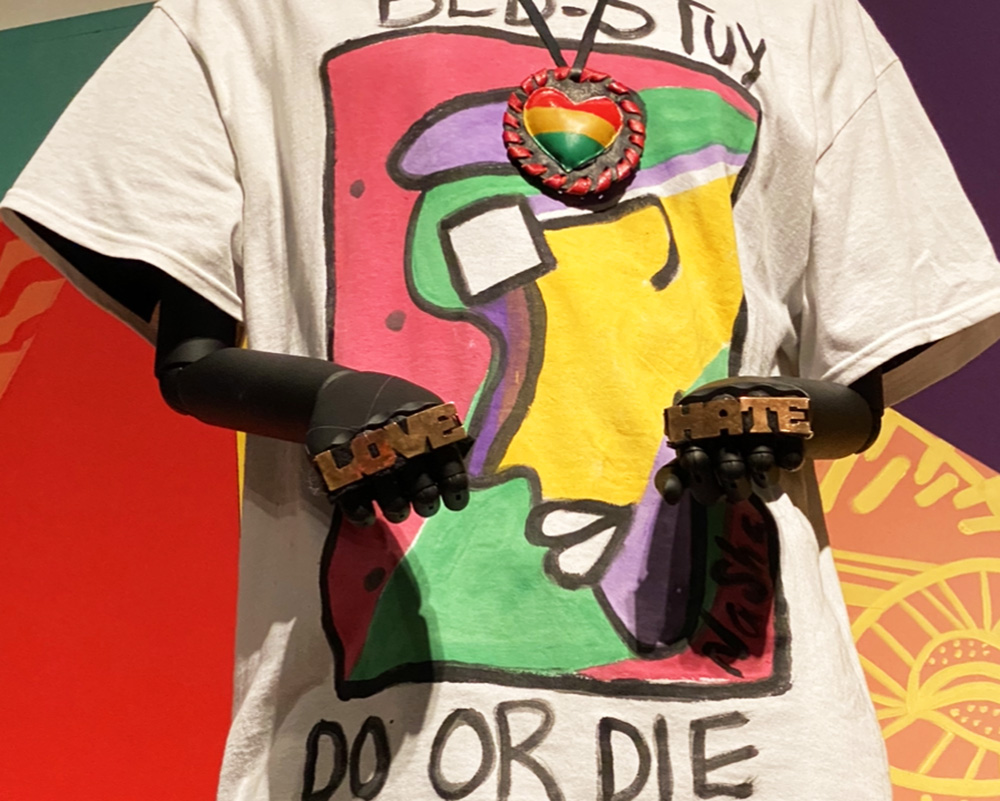
Carter’s innovative use of 3D printing techniques is demonstrated in the intricately constructed headpieces worn by Angela Bassett in the Marvel franchise. Alongside Black Panther’s futuristic details were strong African traditions, whose pairing create an important space within fantasy and science fiction for Black voices, which have been historically underrepresented in these genres.
Through this exhibit, visitors are introduced to some of the basic tenets of Afrofuturism, a form of creative expression that is unbound by racial constructs but fully cognizant of and respectful of African ancestral traditions that have been lost to time and erasure. Maya Brooks, NCMA and SECCA Assistant Curator of Contemporary Art describes Afrofuturism as “a cultural aesthetic that combines science fiction, history, and fantasy to explore the Black experience and connect those from the African diaspora with their lost ancestry.” Through this work Carter creates a vision for the future, one that celebrates Afrofuturism and its commitment to inclusive representation.
In a quote displayed in the show, Carter remarks, “Afrofuturism to me has more meaning to it than just African, hard science, Marvel, and superheroes. It really does speak to how you see the culture moving forward into the future.”
Ruth E. Carter: Afrofuturism in Costume Design is on view at the NCMA through August 6, 2023. Click here for tickets and more information.
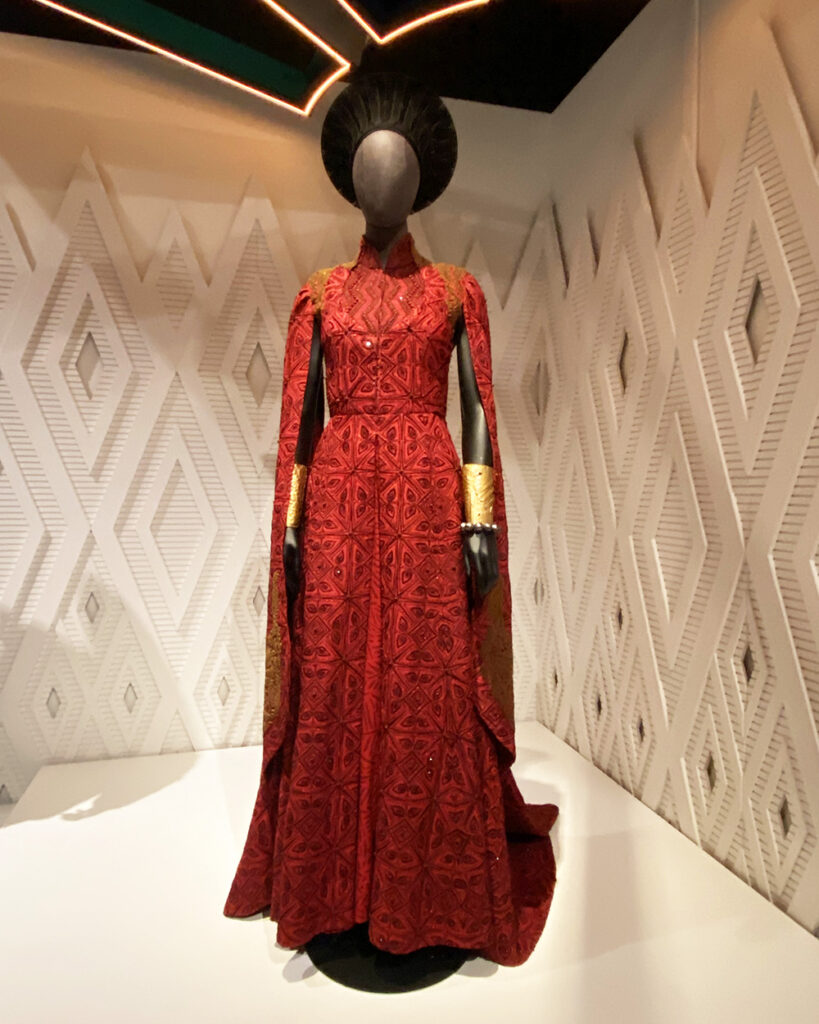
This article was published on waltermagazine.com on May 18, 2023.

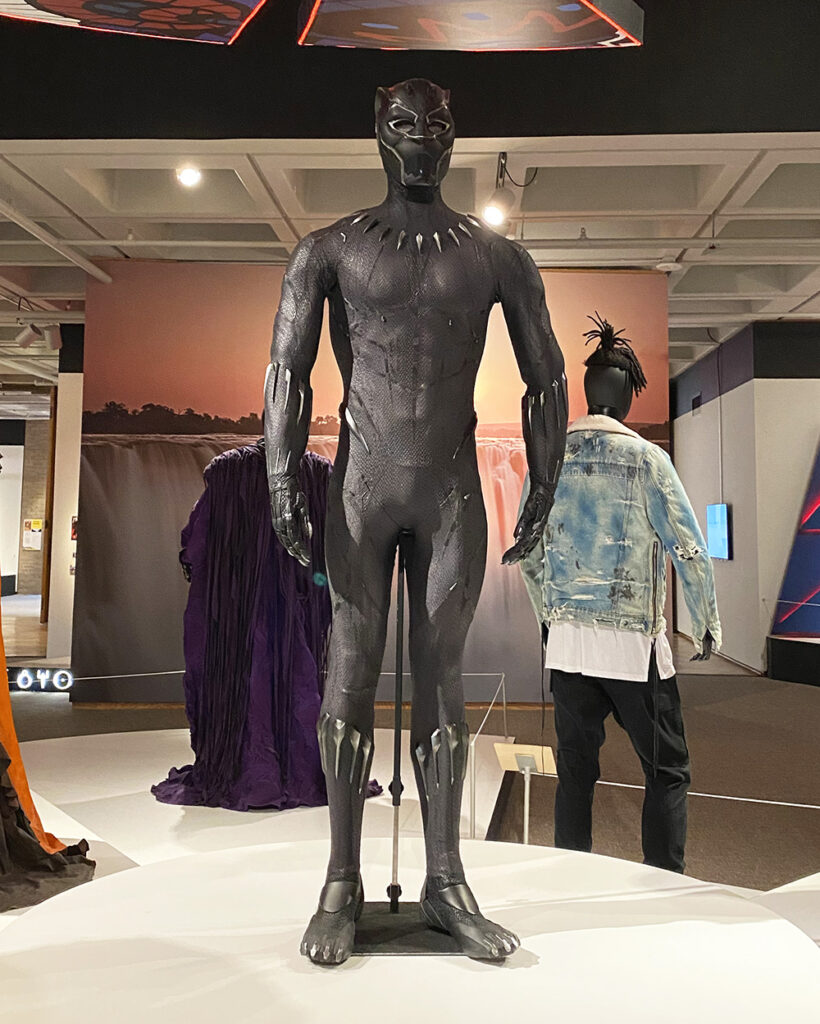
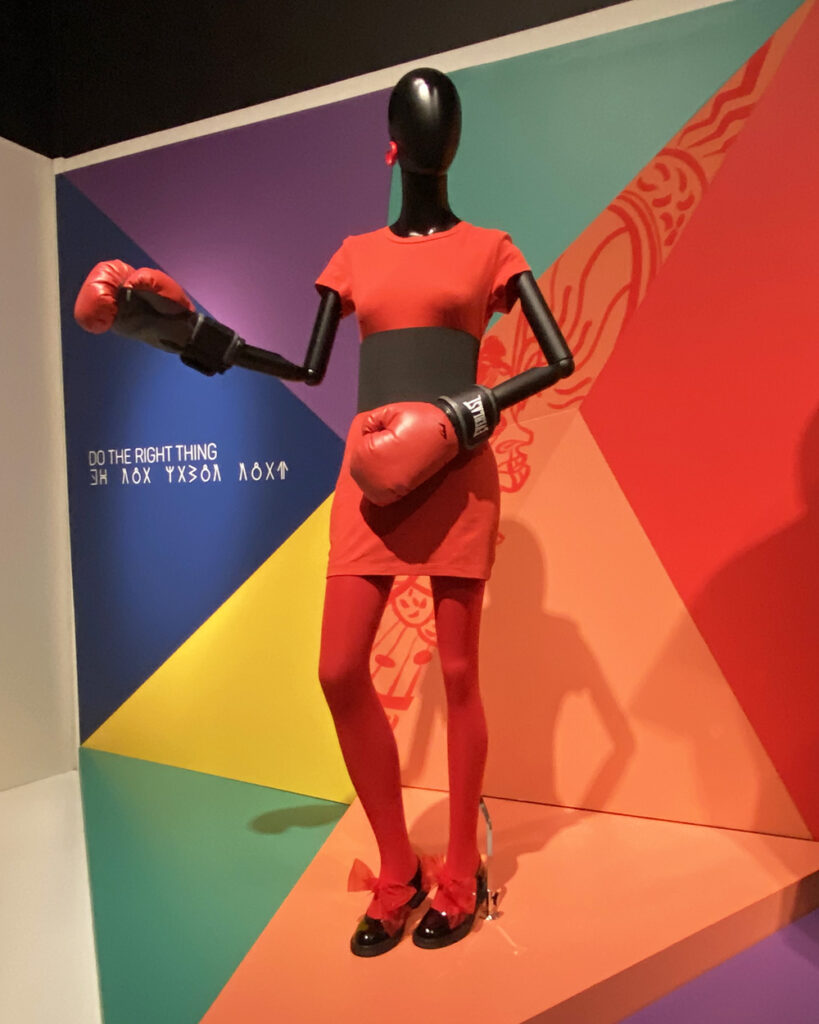

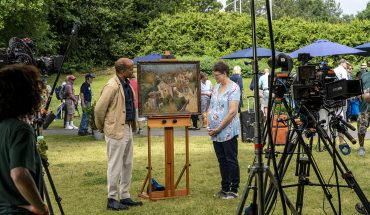
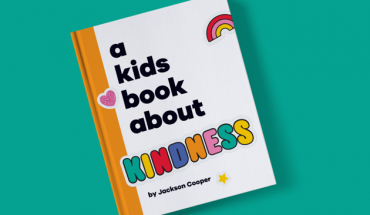
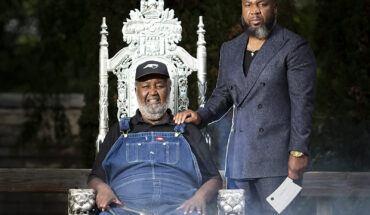
Pingback: 20 Things to Do in and around Raleigh in June 2023 - WALTER Magazine